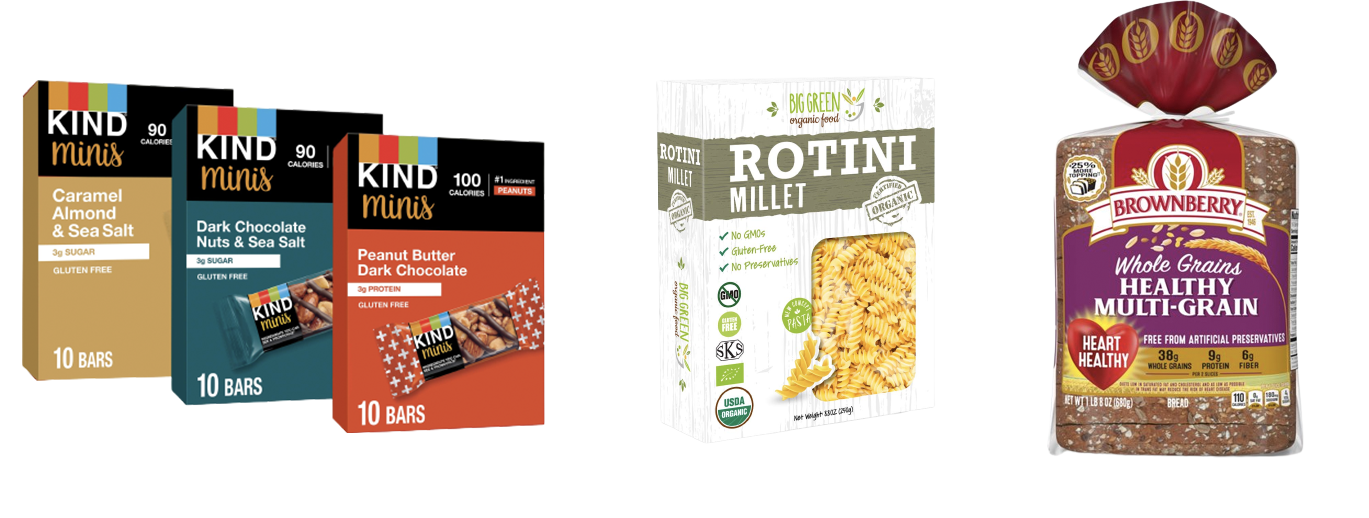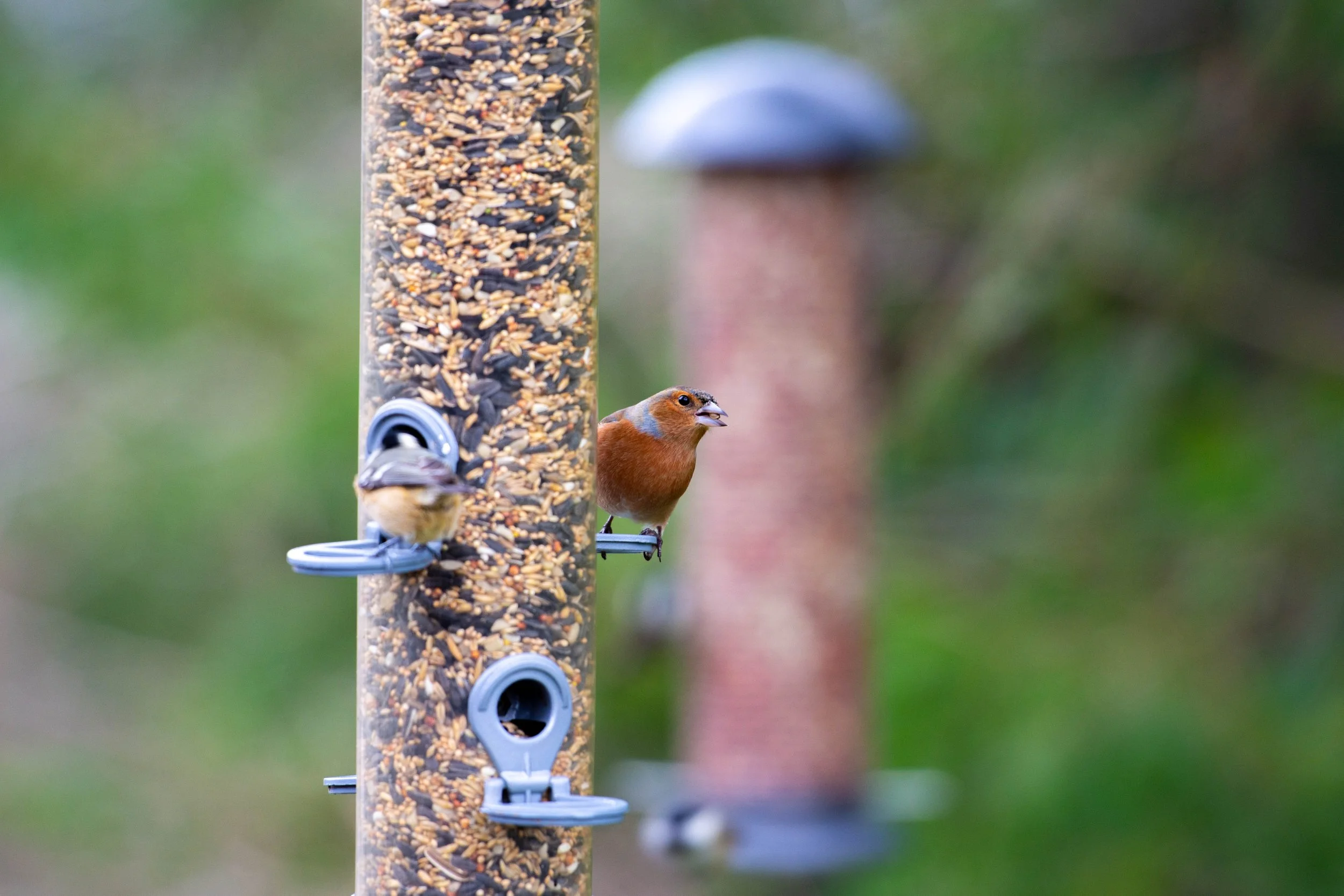Proso Millet in our Everyday
5 Uses of This Cereal Grain Gaining Popularity
Just as the list of proso millet alternative names (common millet, broomcorn millet, hog millet, white millet, and red millet) is long, so, too, are the variety of uses for this sustainable, gluten-free cereal grain.
Let’s start with food.
While proso millet is served and prepared in unique ways in individual countries, the nutritional advantages remain the same.
Proso millet is often a recommended substitute for wheat, oats, or other gluten products for those with celiac disease. Coupled with its high protein relative to other millets and grains, this makes proso millet a top carbohydrate choice. [Proso millet has the highest protein percentage of all millet species at 12.5%.] It’s not surprising that more consumers in the United States are seeking an ingredient with benefits like this.
You’ll most commonly find hulled proso millet for cooking next to quinoa, couscous, farro, barley or rice in the grocery store. When ground, or as flakes, you’ll also find proso millet in many packaged products on your grocery shelves… but you may not know it without reading the ingredients.
Take KIND bars for example. Or several multi-grain breads and crackers. Pasta too! Proso millet is finding its way as a team player in many multi-grain consumer products.
Much like other small cereal grains, proso millet can be ground for baking, boiled or cooked, and used as a great addition to salads and more.
Wondering what to cook with millet? Discover lots of tips and recipes on this Pinterest board.
Proso Millet’s role in livestock production.
Proso millet serves as a livestock feed alternative that can be fed in multiple ways, while also contributing similar nutritional benefits as human food consumption. Poultry, swine, beef, dairy, and sheep are common livestock where proso millet can be fed.
Because of their short maturity, millet crops can be ready for grazing as soon as 40 days after planting, and can be grazed or cut down to 6 inches and allow for multiple cuttings.
Proso millet as a forage may be wrapped, baled or chopped for livestock feed. When proso millet is used in animal feed rations, it is comparable to how oats or barley may be incorporated.
Did You Know: Animals fed proso millet means overall less water usage? 18-25 gallons of water is saved per pork chop when a pig is fed a diet with proso millet, and 12-18 gallons are saved per egg produced when birds are fed proso millet.
Cheers to Proso Millet!
The demand for gluten-free products also extends to the beverage industry. In fact, it is one of the fastest-growing sectors of the beverage industry in multiple countries. From beer to vodka, alcoholic beverages are incorporating proso millet into their gluten-free options.
Here are a few breweries and beer manufacturers in the U.S. you can raise a “cheers” to proso millet:
New Planet Beer- CO
Eddyline Brewery -CO
Pagosa Brewing Co. - CO
Leave it to the birds.
Bird lovers will often find white proso millet in many feed mixes for their feathered friends.
High-protein white proso millet is a favorite among ground-feeding birds, including doves, juncos, towhees and sparrows. Cardinals and bluejays have also shown a taste for the seed.
Ethanol from Millet?
Due to a similar starch content as corn, proso millet may have a potential role in future ethanol production. Corn is king in U.S. ethanol production, but in a study by the University of Nebraska-Lincoln, it was found that “...proso millet cultivars and six advanced breeding lines containing waxy starch were fermented with yeast and the resulting ethanol production was compared with normal corn and “highly fermentable” corn.”
In fact, fermentation efficiency in the proso millet varieties tested ranged from 84% to 91% substantially higher than commodity corn’s fermentation efficiency of 70% and proso millet DDGS – a byproduct of ethanol production that is a highly valued additive to animal feed.
Together, these common uses make proso millet a top choice for both food and feed consumption, and shows a strong potential for many other future market developments such as energy.
In summary, what advantages can we directly tie to the increased use of
proso millet?
Proso millet offers a greener alternative to other grains and starch sources
No additional nitrogen required to grow
Minimal rainfall is required to produce proso millet successfully.
High protein grain source with low glycemic index and gluten-free
Makes it ideal for those with celiac disease or diabetes
Cost-effective and sustainable feed ingredient for livestock, pets and birds
Aids in diversifying food options and tackling food security
Fulfills ever-changing consumption and dietary trends, such as gluten-free and demand for whole grains






